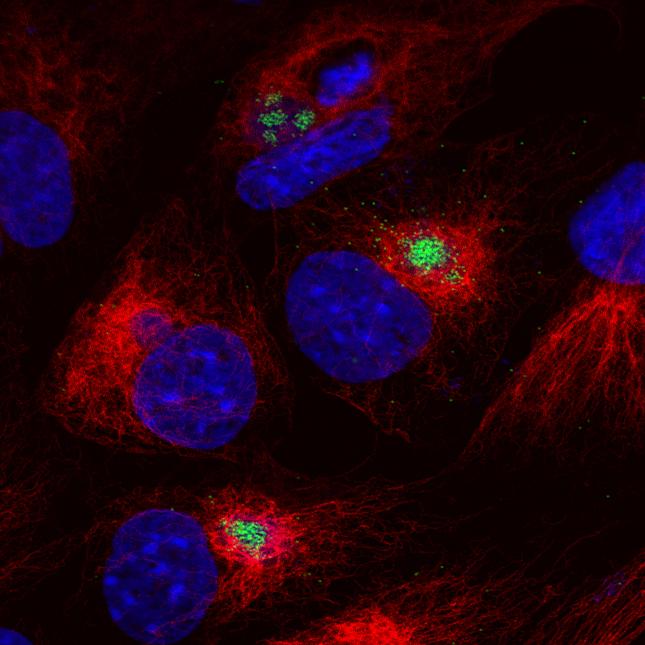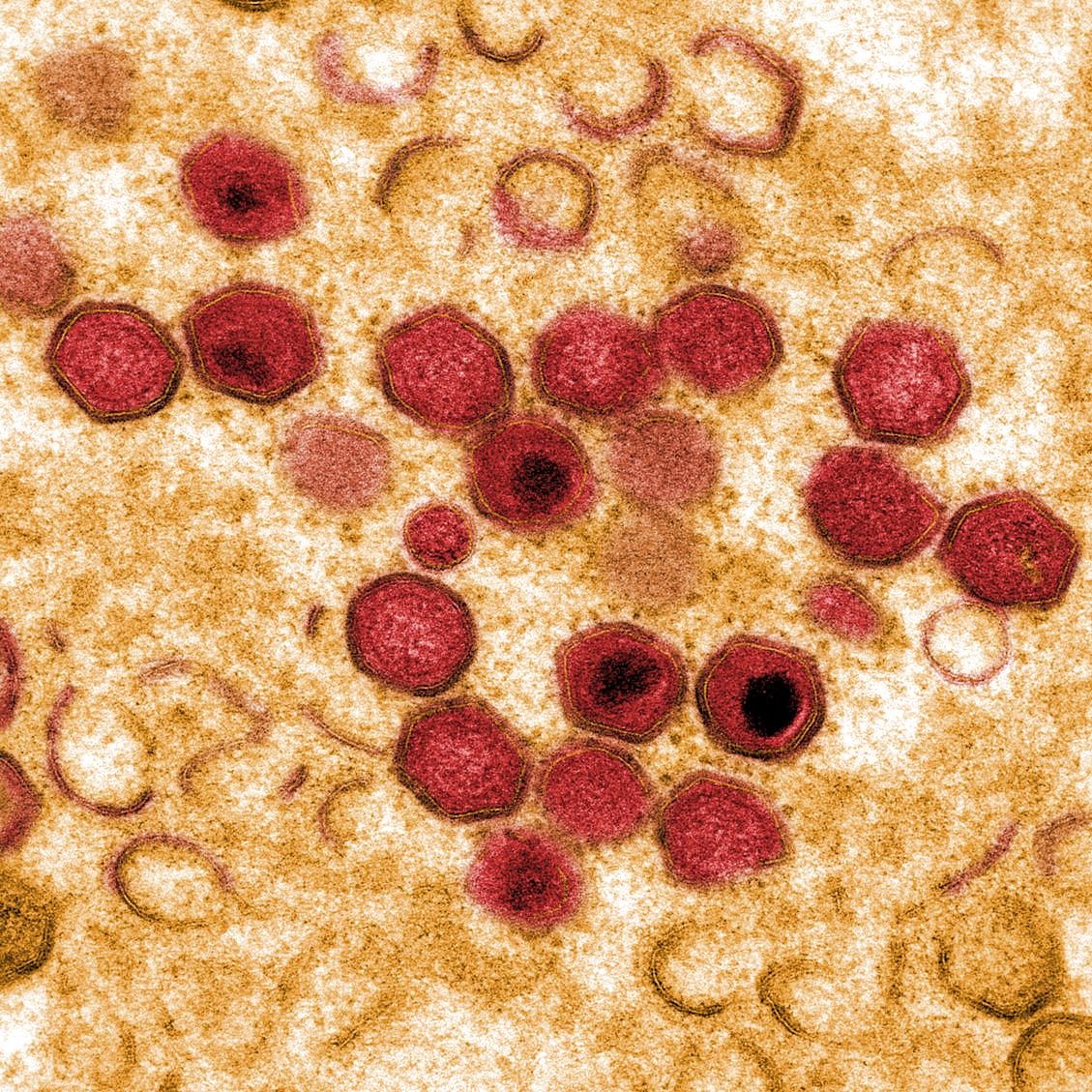In silico characterization of African swine fever virus nucleoprotein p10 Interaction with DNA
African swine fever virus (ASFV) is the etiological agent of a highly contagious, hemorrhagic infectious swine disease, with a tremendous sanitary and economic impact on a global scale. Currently, there are no globally available vaccines or treatments. The p10 protein, a structural nucleoprotein encoded by ASFV, has been previously described as capable of binding double-stranded DNA (dsDNA), which may have implications for viral replication. However, the molecular mechanism that governs this interaction is still unknown, mostly due to the lack of a structural model for this protein. In this work, we have generated an ab initio model of the p10 protein and performed extensive structural characterization, using molecular dynamics simulations to identify the motifs and residues regulating DNA recognition. The helix-turn-helix motif identified at the C-terminal region of the protein was shown to be crucial to the dsDNA-binding efficiency. As with other DNA-binding proteins, two distinct serine and lysine-rich regions found in the two helices were identified as key players in the binding to DNA, whose importance was later validated using experimental binding assays. Altogether, these findings may contribute to a better understanding of the p10 function in ASFV replication.

